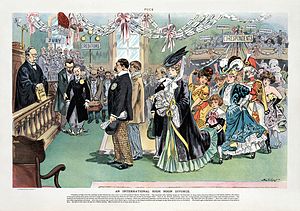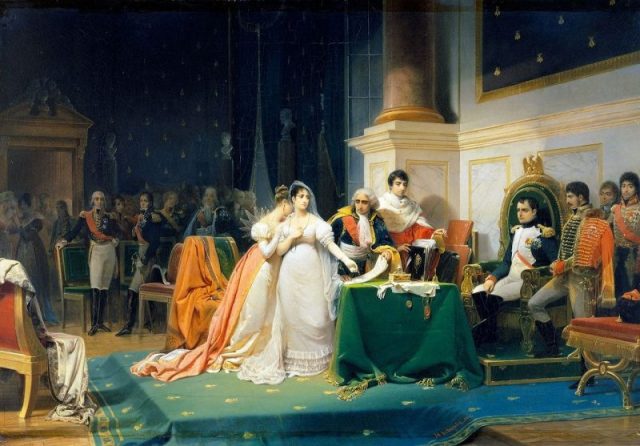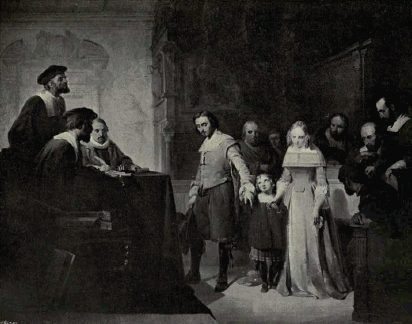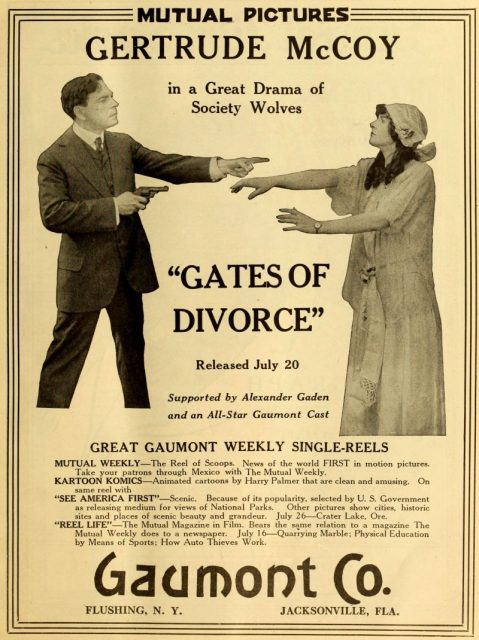People are different all around the world but if one thing is constant from country to country it’s unhappy marriages. Whether splitting up for romantic or religious reasons (or indeed both) there comes a time when a parting of the ways is inevitable.
Of course it isn’t as simple as that. A wide variety of cultures leads to some diverse means of divorce, that’s if it can be done in the first place.
Divorce in the Philippines is not allowed for example (though it’s getting closer to legalization), and is an absolute “no no” inside Vatican City.

As for the majority of places that do have divorce, their laws have been affected over time by seismic issues such as war and historical intrigue.
Nowhere is this more apparent than in England, and the notorious activities of Henry VIII in the 16th century.

He wanted head of the Catholic Church Pope Clement VII to annul his marriage to Catherine of Aragon. Annulment is not divorce, but argues the union wasn’t legitimate from the second the ring went on the finger.
Henry wanted the marriage annulled on the flimsy basis that Catherine couldn’t bear a son. When his demands were not met, he took the kind of drastic action that became his hallmark.

A Smithsonian Magazine article writes, “Determined to make the younger and prettier Anne Boleyn his wife, Henry finally broke with Rome in 1533 and declared himself the head of a new church, the Church of England.”
Ironically the new institution went on to clamp down on divorce: “Not only did Henry VIII’s new church come out against divorce under any circumstances, but it also far outstripped Catholic Europe in the restrictions on the granting of annulments… The Church of England’s resistance to divorce was so strong that the only route to a divorce was via an act of Parliament.”
Henry’s approach to severing ties was more direct — he eventually had Anne Boleyn executed.

The major factor shaping divorce law has always been gender. Smithsonian Magazine states that “For centuries, divorce in the West was a male tool of control — a legislative chastity belt designed to ensure that a wife had one master, while a husband could enjoy many mistresses.”
Subsequent to the Church of England’s formation a shocking story emerged from the household of the Earl of Castlehaven, who believed “a wife’s body belonged to her husband, to dispose of as he saw fit.”
In 1631 details of his crimes emerged before a grand jury. These included “holding down his wife while she was raped by one of his servants.” The court agreed with the Earl that a wife was a man’s property but sent him to his death for such brutal and immoral behavior.

As mentioned on the website of the Cambridge Family Law Practice, “Marriage was for life and divorce exceedingly rare, although the church would occasionally grant a divorce “a mensa et thoro” which enabled people to live apart if there had been significant cruelty, but not to remarry.” History saw its fair share of “significant cruelty” when it came to men’s attitude towards women.
It wasn’t until over 200 years later that significant change occurred in how a man and woman came to separate.
The balance shifted with The Matrimonial Causes Act of 1857, where couples could argue the matter in the High Court. It was the High Court or nothing, so if they happened to live outside of London that was their lookout!

CFLP writes “Men were able to “petition the court” for a divorce on the basis of their wife’s adultery, which would have to be proved… Women who wanted to divorce their husbands needed also to prove an aggravating factor of the adultery, such as rape or incest.”
The additional material a woman had to find was scrapped when the Act received an update in 1923.
Over the years the scope of divorce was broadened to include reasons such as “cruelty, desertion and incurable insanity as well as adultery.”

World conflict proved decisive in the male-female dynamic, as women ran the country while men were away fighting.
According to CFLP, “Marriages broke down under the strain of war, or its after-effects, in numbers never before experienced and at all levels of society.”

“The church and the government became increasingly concerned that the divorce laws were no longer fit for purpose – unhappy couples would arrange for one spouse to book into a hotel at the seaside for a weekend to commit the adultery necessary for them to divorce.”

In 1969 the Divorce Act moved things away from the hallowed environment of the High Court, and laid the foundations for the more “civilized” form of divorce we know today.
Civilized in a practical sense that is — the process is still emotionally devastating and fraught with problems for many.

Away from the Western world, a marital split is associated with severe restrictions based on religion.
Having said that, the facts tell a different story. The website of Rulon T. Burton & Associates reveals that “In old Islam, in the 15th century, divorce was surprisingly common.
In Egypt, (Middle Eastern scholar) Al-Sakhawi looked into the practice of divorce and found that of 500 Egyptian and Syrian women interviewed, one-third had married more than once.”

It’s worth noting these ancient beliefs are still highly relevant today. As recently as this year the Islamic system of Sharia law became officially recognized in a British court.
The Telegraph reports that an estranged couple’s Islamic faith marriage, conducted in a ceremony called a nikah, falls under British matrimonial law despite it not being legally recognised as such… Nasreen Akhtar will be free to bring her case to the divorce court and claim her share of the assets of her marriage where she previously would not have been able to.”
On a stricter note, divorce was forbidden for women in Japan between the 17th and 19th centuries. Rulon T. Burton & Associates reveal “Only men could do so by writing a letter of divorce… If a woman was in a seriously bad marriage, she could only seek sanctuary in Shinto divorce temples, as they were called, and after several years could then be granted a divorce.”
Read another story from us: The 7 Worst Pieces of Sex Advice Dispensed Throughout History
So while divorce remains a largely painful and complicated process, history shows it used to be a lot more complex. In some cases it could get you banished from society and even killed!
